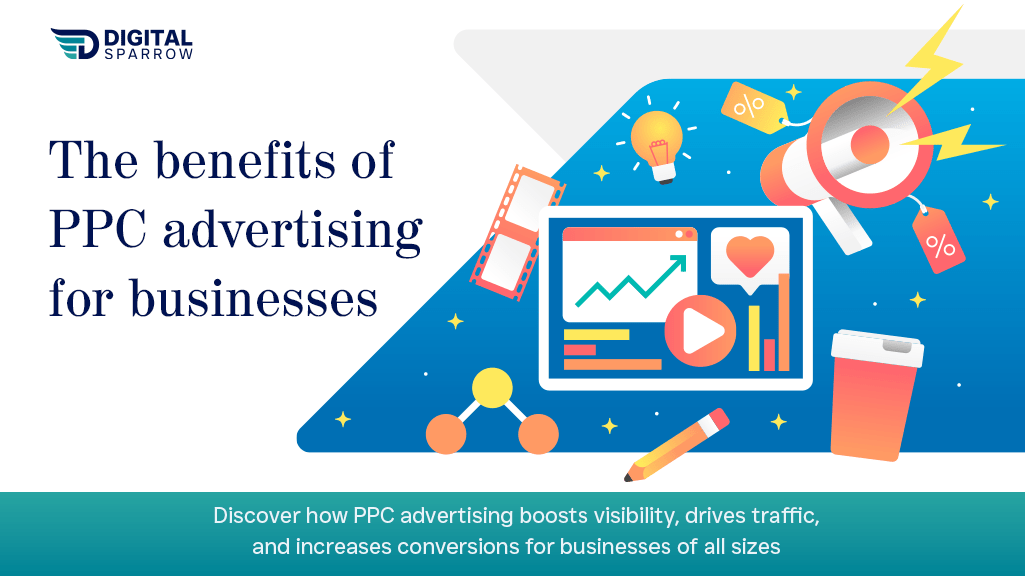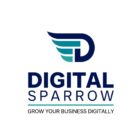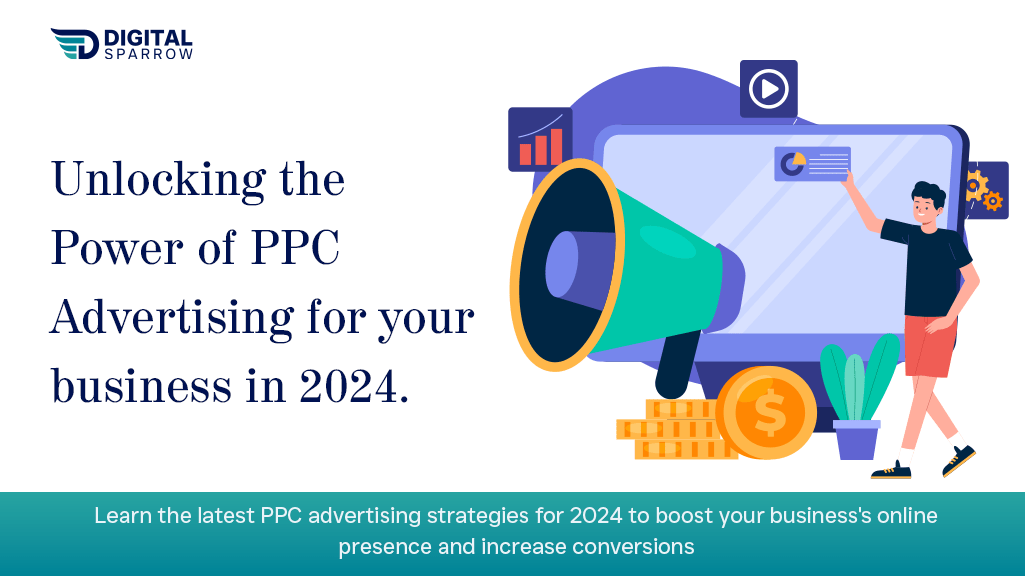In the ever-evolving digital landscape of 2024, businesses are constantly seeking effective strategies to reach their target audience and maximise their return on investment (ROI). One such powerful strategy is Pay-Per-Click (PPC) advertising. PPC advertising offers businesses a cost-effective way to drive targeted traffic to their websites, increase brand visibility, and ultimately boost sales. This comprehensive guide explores the intricacies of PPC advertising, its benefits, and how you can leverage it to unlock the full potential of your business.
What is PPC Advertising?
Pay-Per-Click (PPC) advertising is a form of online marketing where advertisers pay a fee each time one of their ads is clicked. Essentially, it’s a way of buying visits to your site rather than attempting to earn those visits organically. The most common types of PPC ads are those appearing on search engine results pages (SERPs), such as Google Ads. These ads appear when users search for specific keywords related to the advertiser’s products or services.
The Evolution of PPC Advertising
PPC advertising has evolved significantly since its inception. In the early days, it was primarily about bidding on keywords to get your ads displayed. However, with advancements in technology and changes in user behaviour, PPC has become more sophisticated. Today, it involves complex algorithms, audience targeting, retargeting, and advanced analytics to optimise ad performance.

The Benefits of PPC Advertising for Businesses
- Immediate Results: Unlike SEO, which can take months to show results, PPC advertising provides immediate visibility and traffic. As soon as your campaign is live, your ads can appear on the first page of search engine results.
- Targeted Audience: PPC allows you to target your audience based on various factors such as location, demographics, interests, and even the time of day. This ensures that your ads reach the right people at the right time.
- Cost Control: With PPC, you have complete control over your budget. You can set daily or monthly spending limits, ensuring you never exceed your budget. Additionally, you only pay when someone clicks on your ad, making it a cost-effective strategy.
- Measurable ROI: PPC campaigns are highly measurable. You can track every aspect of your campaign, from the number of clicks to conversions and the cost per acquisition (CPA). This data helps in analysing the effectiveness of your campaigns and making data-driven decisions.
- Flexibility and Scalability: PPC advertising is flexible and scalable. You can start with a small budget and gradually increase it as you see positive results. Moreover, you can quickly adjust your campaigns based on performance data.
- Brand Awareness: Even if users don’t click on your ads, they still see them. This helps in increasing brand awareness and keeping your brand top-of-mind for future purchases.
Crafting a Successful PPC Campaign
Creating a successful PPC campaign involves several key steps. Let’s delve into each of them:
1. Keyword Research
Keyword research is the foundation of any PPC campaign. It involves identifying the keywords your target audience is using to search for products or services similar to yours. Tools like Google Keyword Planner, SEMrush, and Ahrefs can help you find relevant keywords with high search volumes and low competition.
2. Creating Compelling Ads
Your ad copy plays a crucial role in attracting clicks. It should be compelling, relevant, and include a clear call-to-action (CTA). Highlight the unique selling points (USPs) of your product or service and use keywords strategically.
3. Landing Page Optimisation
The landing page is where users land after clicking on your ad. It should be relevant to the ad copy and provide a seamless user experience. Ensure that the landing page is fast-loading, mobile-friendly, and includes a clear CTA.
4. Setting Up Your PPC Campaign
Once your keywords, ad copy, and landing page are ready, it’s time to set up your PPC campaign. This involves selecting the right campaign type (e.g., search, display, shopping), setting your budget, and defining your target audience.
5. Monitoring and Optimising
After your campaign is live, continuous monitoring and optimisation are crucial. Use analytics tools to track performance metrics such as click-through rates (CTR), conversion rates, and cost per click (CPC). Based on the data, make necessary adjustments to improve your campaign’s performance.
Advanced PPC Strategies for 2024
As PPC advertising continues to evolve, staying updated with the latest trends and strategies is essential. Here are some advanced PPC strategies to consider in 2024:
1. AI and Machine Learning
Artificial Intelligence (AI) and machine learning are transforming PPC advertising. Platforms like Google Ads use AI to optimise ad delivery, targeting, and bidding strategies. Leveraging AI can help in automating routine tasks, predicting outcomes, and improving campaign performance.
2. Audience Targeting and Segmentation
In 2024, audience targeting and segmentation are more sophisticated than ever. Use advanced targeting options to reach specific audience segments based on their behaviour, interests, and demographics. This ensures that your ads are relevant and personalised, increasing the chances of conversion.
3. Retargeting
Retargeting involves displaying ads to users who have previously visited your website but didn’t make a purchase. This strategy helps in re-engaging potential customers and encouraging them to complete their purchase. Use dynamic retargeting to show personalised ads based on users’ past behaviour.
4. Video Ads
Video content continues to dominate the digital landscape. Incorporate video ads into your PPC campaigns to capture the attention of your audience. Platforms like YouTube and social media channels offer excellent opportunities for video advertising.
5. Voice Search Optimisation
With the rise of voice-activated devices, optimising your PPC campaigns for voice search is crucial. Use long-tail keywords and natural language phrases that users are likely to speak when using voice search.
PPC Advertising Best Practices
To maximise the effectiveness of your PPC campaigns, follow these best practices:
1. Conduct A/B Testing
A/B testing involves creating multiple versions of your ads and landing pages to see which one performs better. Test different headlines, ad copy, images, and CTAs to find the winning combination.
2. Focus on Quality Score
Quality Score is a metric used by Google Ads to measure the relevance and quality of your ads and landing pages. A high-quality score can lead to lower CPC and better ad positions. Focus on creating high-quality, relevant ads and landing pages to improve your Quality Score.
3. Use Negative Keywords
Negative keywords are terms that you don’t want your ads to appear for. Using negative keywords helps in preventing irrelevant clicks and saving your budget for more relevant traffic.
4. Monitor Competitor Activity
Keep an eye on your competitors’ PPC campaigns. Analyse their ad copy, keywords, and landing pages to identify gaps and opportunities for improvement in your campaigns.
5. Leverage Automation
PPC platforms offer various automation features, such as automated bidding, ad rotation, and budget management. Use these features to streamline your campaigns and focus on strategic tasks.
Measuring the Success of Your PPC Campaigns
Measuring the success of your PPC campaigns is crucial to understand their impact and make informed decisions. Here are some key metrics to track:
1. Click-Through Rate (CTR)
CTR measures the number of clicks your ad receives divided by the number of impressions. A high CTR indicates that your ad is relevant and engaging to your audience.
2. Conversion Rate
The conversion rate measures the percentage of visitors who complete a desired action (e.g., making a purchase) after clicking on your ad. A high conversion rate indicates that your landing page and offer are compelling.
3. Cost Per Click (CPC)
CPC is the amount you pay for each click on your ad. Monitor your CPC to ensure you’re getting a good return on your investment.
4. Cost Per Acquisition (CPA)
CPA measures the cost of acquiring a new customer through your PPC campaign. A low CPA indicates that your campaign is cost-effective.
5. Return on Ad Spend (ROAS)
ROAS measures the revenue generated from your PPC campaign compared to the amount spent on ads. A high ROAS indicates that your campaign is profitable.
The Future of PPC Advertising
The future of PPC advertising looks promising, with advancements in technology and changes in consumer behaviour shaping the industry. Here are some trends to watch out for:
1. Increased Automation
Automation will continue to play a significant role in PPC advertising. Expect more advanced AI and machine learning tools to help optimise campaigns, predict outcomes, and automate routine tasks.
2. Personalisation
Personalisation will become even more critical in PPC advertising. Use data to create highly personalised ads that resonate with your audience and drive conversions.
3. Integration with Other Marketing Channels
PPC advertising will become more integrated with other marketing channels, such as social media, email marketing, and content marketing. A holistic approach will help in creating a seamless customer journey and maximising ROI.
4. Emphasis on User Experience
User experience will be a key factor in PPC advertising. Focus on creating ads and landing pages that provide a seamless, enjoyable experience for users.
5. Expansion of Voice and Visual Search
Voice and visual search are gaining traction, and optimising your PPC campaigns for these search methods will become essential. Use natural language keywords and visual content to capture the attention of voice and visual search users.
Conclusion
PPC advertising is a powerful tool that can help businesses achieve their marketing goals in 2024. By understanding the benefits of PPC advertising, crafting successful campaigns, and staying updated with the latest trends and strategies, you can unlock the full potential of PPC advertising for your business. Remember to continuously monitor and optimise your campaigns, focus on providing a great user experience, and leverage advanced technologies to stay ahead of the competition. With the right approach, PPC advertising can drive targeted traffic, increase brand visibility, and boost your bottom line.
Unlock the power of PPC advertising for your business today and watch your business grow in the competitive digital landscape of 2024.


Pingback: Boost Interior Designer Business Leads with Google Ads
Rely on BWER Company for superior weighbridge solutions in Iraq, offering advanced designs, unmatched precision, and tailored services for diverse industrial applications.